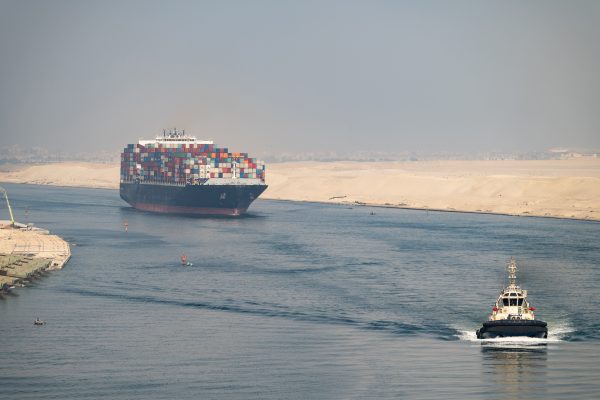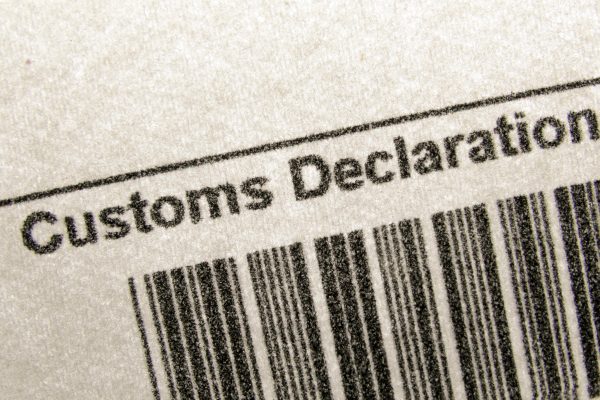ICS2 Continues To Cause Customs Chaos
In March this year, two years after the original introduction of Import Control System 2 (or ICS2), the EU launched Release 2.
This second stage largely focuses on transport of goods by air. It helps to upgrade the security protocols of the original release as well as enable customs authorities to better identify high-risk consignments.
Unfortunately, this additional scrutiny has placed a burden on everyone who ships to the EU – including retailers. For businesses who don’t have the tools to assign HS codes correctly, there are a whole new series of challenges to solve before they can move their goods. This is why…
What is ICS2
ICS2 is the new and updated customs electronic import system. It manages the safety and security risk analysis for all goods entering the EU and is gradually replacing the Import Control System (ICS).
The aim is for ICS2 to strengthen the protection of the internal market against security and safety threats. To simplify the process the EU have split the rollout into three phases:
- Review pre-loading data for air express carriers and postal operators (2021)
- Review complete dataset by focusing on transport of all goods by air (2023)
- Review goods on maritime and inland waterways as well as roads and railways (2024)
Each release has proved problematic for shippers as they come with certain requirements, including Release 2.
What is ICS2 Release 2?
Since March 2023, HS codes are required on customs forms for all EU-bound goods. If retailers do not provide HS codes with their shipments, the carrier or provider will have to assign them. This is an additional challenge for the carrier who won’t know the products and are at risk of applying the wrong HS codes.
It’s for this reason that we recommend retailers assign the correct HS codes and descriptions on their packages themselves. Doing so allows them to avoid delivery days and mitigate against mistakes. This is essential if the retailer pre-collects duty and tax from their customers.
If customs receive the wrong HS code, the retailer’s customer can be wrongly asked to pay additional taxes. As for descriptions, the rules around what is considered acceptable have also changed. Retailers will no longer be able to supply vague descriptions on customs forms such as “gifts”, “clothing” and “electronics”.
How to be compliant
Moving forward, all organisations moving goods by air, to or through the EU, must digitally submit a minimum set of data to EU customs before loading goods onto the aircraft.
What’s more, they’ll be expected to submit a completed dataset before the goods arrive in the EU.
Get it right, and your supply chain should operate as follows:
- The retailer prepares their EU shipment with a detailed product descriptions and HS codes.
- The forwarder receives the shipment along with its filed shipment details and forms.
- The freight forwarder either submits shipment data to ICS2 or passes it to the air carrier with the package.
- The air carrier confirms they have all the information needed for the shipment or that the data is already submitted to ICS2
If the carrier doesn’t have enough information to submit to ICS2 they need to take action. They either reach out to the retailer and ask what the package contains, or they open it themselves.
Whatever they choose, they then must assign the descriptions and HS codes themselves. Fail to do so and the goods will not be processed for customs clearance.
How we can help
Customs legislation is everchanging and it can be a minefield trying to keep up to date. It’s for that reason that our air freight team offer support for all processes associated with your supply chain.
If you’d like to know more about how we can help you, get in touch with the team today via our contact form.


